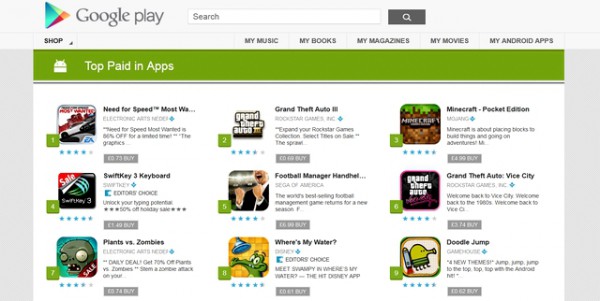Google introduces mandatory 'ad-supported' label to Play store

At the moment, developers looking to see their apps listed in the all-important Designed for Families category in Google Play have to clearly indicate whether the apps are ad-supported. Following on from the earlier introduction of an 'In-App purchases' warning label, Google is now going further with a mandatory 'ad-supported' label.
Starting 11 January next year, an app that includes ads must show the new label in its store listing. This will make it clear to downloaders what to expect from anything they install, and Google's definition of ads is wide-ranging so a lot of apps will be affected.
Developers will be required to reveal whether their apps feature ads delivered through third party ad networks, display ads, native ads, or banner ads. Google says that checks will be carried out, and the company may add labels of its own if it deems it necessary.
On its Android developer support pages, Google suggests some instances in which the 'ad-supported' label would be required:
Here are a few examples of when you should answer "yes" to having ads for purposes of the "Ads" label. This isn't a comprehensive list but just a few examples based on the most common types of ads.
- Banner and interstitials: My app integrates with an Ad SDK to show banners and/or interstitials. I use the ad formats to monetise and/or promote my own products or apps.
- Native ads: My app includes ads natively, indistinguishable from other content (e.g. sponsored articles, ads within a feed, etc).
- House ads: My app renders a small banner to promote my other apps.
Developers who fail to comply with the new rules risk having their apps pulled from Google Play.